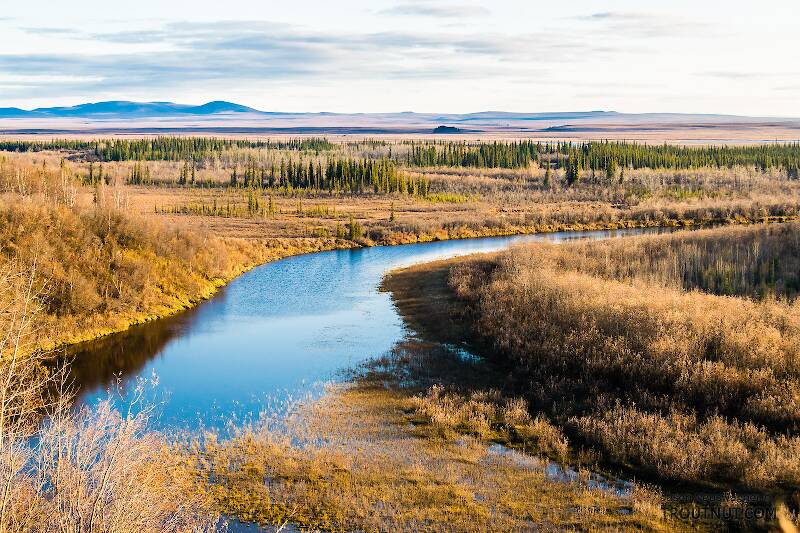
Hex Mayflies
Hexagenia limbata
The famous nocturnal Hex hatch of the Midwest (and a few other lucky locations) stirs to the surface mythically large brown trout that only touch streamers for the rest of the year.


Stonefly Species Megarcys irregularis (Rainier Springflies)
Species Range
Physical description
Most physical descriptions on Troutnut are direct or slightly edited quotes from the original scientific sources describing or updating the species, although there may be errors in copying them to this website. Such descriptions aren't always definitive, because species often turn out to be more variable than the original describers observed. In some cases, only a single specimen was described! However, they are useful starting points.
Description from GBIFthe Global Biodiversity Information Facility
Source: Larvae Of The Nearctic Species Of The Stonefly Genus Megarcys Klapálek (Plecoptera: Perlodidae)
(Figs. 12, 24, 30, 36, 42, 48, 60, 70, 84 a-b, Table 1)Source: Larvae Of The Nearctic Species Of The Stonefly Genus Megarcys Klapálek (Plecoptera: Perlodidae)
Characters. Head capsule width male 3.06 - 3.30 mm, female 3.90 - 4.62 mm; pronotal width male 2.88 - 3.12 mm, female 3.36 - 4.08 mm; body length male 18.3 - 19.5 mm, female 19.5 - 24.0 mm (Table 1). Color and pigmentation (Figs. 12, 24, 30, 36, 42, 48), lacinia, and dorsomesal band of erect silky white hairs typical of genus. Wing pads of male and female macropterous. Gill number and arrangement typical of genus (Fig. 70). Submental gill length male 0.12 - 0.42 mm, female 0.36 - 0.45 mm; anterior supracoxal gill length male 0.27 - 0.42 mm, female 0.36 mm (Table 1). Legs (Fig. 30) with setation typical of genus as described by Stewart & Stark (2002). Y-arms of mesosternum (Fig. 36) typical of genus. Cercal segments male 24 - 26 (Table 1), with setation typical of genus. Developing membranous, windsock-like process of male epiproct (Figs. 42, 48, 70) evident in late instar individuals, and pointed posteroventrally in lateral view (Fig. 79). Developing female subgenital plate of 8 th sternum (Figs. 49, 84 a, b) shallowly notched mesally.
Start a Discussion of Megarcys irregularis
Stonefly Species Megarcys irregularis (Rainier Springflies)
Species Range
Common Name
Resources
- NatureServe
- Integrated Taxonomic Information System
- Global Biodiversity Information Facility
- Described by Banks, N. (1900) New genera and species of Nearctic Neuropteroid Insects. Transactions of the American Entomological Society 26, 239–259. [1899]

